Europe had to hire SpaceX because it ran out of common rockets to launch satellites and watched India about to surpass it to become the 4th country to send people into space.
On December 2, 2014, worried about SpaceX's increasing competition in providing cheaper space travel, Europe responded by deciding to design Ariane-6, a rocket capable of competing with Elon Musk's Falcon 9. The project's goal is to have its first flight by July 2020.
Nearly nine years later, the deadline has long passed, but Ariane-6 has yet to take shape. Meanwhile, SpaceX has become more dominant in the satellite launch industry. Since this fall, Europe has no longer been able to reach space on its own. The last Ariane-5 rocket was launched in July, and plans to transition to the Ariane-6 have been stalled.
This progress suggests that the first launch of Ariane-6 will not take place before 2024. Worse still, Italy's small Vega rocket also made its last launch in October. Meanwhile, the upgraded version, Vega-C, has been suspended after an operational problem.
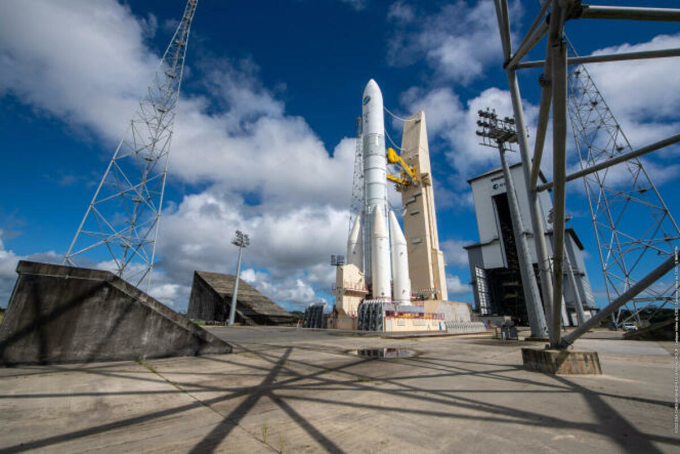
The Ariane-6 rocket at the European Spaceport launch site in Kourou, French Guiana, on June 22. Photo: AFP
Access to space is strategic, and dependence on outside launch services is a problem for European sovereignty . The current situation is clear. Europe must hire SpaceX to launch four Galileo navigation satellites by 2024, and may have to do the same for the Sentinelle-1C earth observation satellite.
In addition to technical and industrial difficulties, the Ariane-6 program has been stalled by cumbersome organization and political tensions. Germany, one of the three main partners in the project led by the European Space Agency (ESA), along with France - the main contractor and Italy, now wants to travel into space on its own.
These countries intend to end the leadership of ArianeGroup (France) by pursuing the development of their own mini-rockets and competing with Ariane, Vega. Berlin is even applying pressure by threatening to stop funding the joint rocket activity because it is considered too expensive and poorly managed.
Amidst the many disagreements, members, representatives of the 22 ESA member states, began meeting this week at the Space Summit in Seville, Spain. The meeting is held every six months in the country holding the rotating presidency, currently Spain. The Summit is accompanied by a meeting of the Council of the European Union on Space Issues.
The aim of the meetings is to find a compromise that will ensure the Ariane-6’s first 10 years of operation and prepare for the future by opening up the rocket market to competition. There are two fundamental challenges that have created the crisis that this week’s talks must find a way out of.
First, there was the budget dispute. Over time, costs ballooned to a level that the countries involved in the first 15 Ariane-6 launches reluctantly accepted. Specifically, it would cost 300 to 350 million euros a year to maintain the program, and launch costs would nearly double within 10 years.
Each country will then have to provide funds corresponding to their level of participation. France is the largest contributor, so it will bear 55.3%, followed by Germany (21%) and Italy (7.6%), with the rest divided among 10 other countries.
Since its 16th launch, ESA’s plan is for Ariane-6 to become self-funded, without additional contributions from member states. However, soaring raw material prices and inflation have made that plan even more uncertain.
ArianeGroup has been reviewing its subcontractors for several months now, looking to cut costs. While the French subcontractors are busy, MT Aerospace (Germany) and Avio (Italy) are slowing down, leaving Berlin and Rome reluctant to make the effort. Moreover, Avio is now focusing on marketing the Vega rocket independently.
The second challenge is the need to reshape the bloc’s space industry model in the face of a growing number of startups. Germany is leading the way with two private companies, Rocket Factory Augsburg and Isar Aerospace, which are set to launch their first rockets from 2024. In France, there are several projects that are not yet fully developed. These include ArianeGroup, which has the Maia rocket and the reusable Themis rocket, and startup Latitude, which has the small Zephyr rocket.
These sweeping changes make obsolete Europe’s cumbersome cooperation processes, which have been the cause of delays and cost overruns. One obvious example is the “geographical benefits” rule, which redistributes to each country a workload equivalent to its financial contribution.
The participating country could then bring one of its own companies into the project, even if it was not the best. In effect, this allowed Germany to send in its own company to acquire the technology and develop it to the desired level of autonomy.
Another strategic area that Europe cannot afford to miss is manned space flights. India is about to become the fourth country with a rocket capable of sending humans into space, after Russia, the US and China. As for Europe, nothing is certain.
ESA is planning a step-by-step approach and in this regard, initially aims to fund the construction of a 100 million euro vehicle by 2025, which can carry cargo to the International Space Station ISS and back to Earth.
In the second phase, the spacecraft will be upgraded to carry humans. This time, the old cooperative methods such as “geographical interests” will be gone. Instead, ESA will hold a Europe-wide tender, with both large corporations and startups participating. This will be a small step towards a new era for the European space industry.
Phien An ( Le Monde )
Source link




![[Photo] Hanoi morning of October 1: Prolonged flooding, people wade to work](https://vphoto.vietnam.vn/thumb/1200x675/vietnam/resource/IMAGE/2025/10/1/189be28938e3493fa26b2938efa2059e)



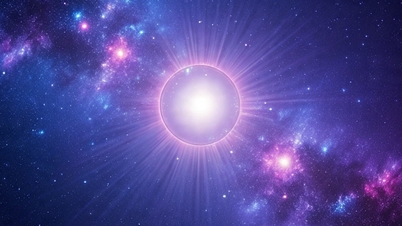


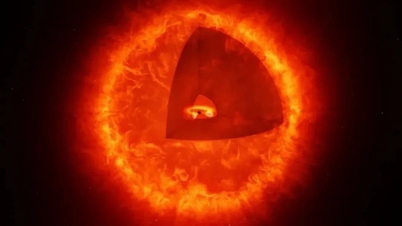






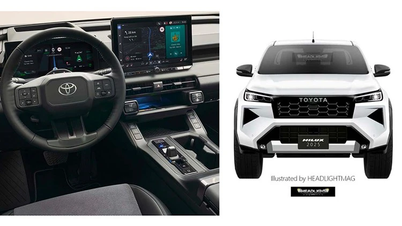

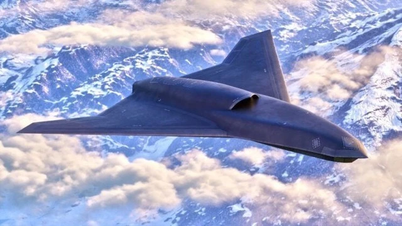
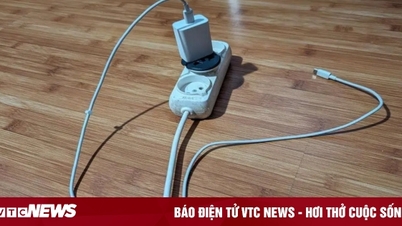

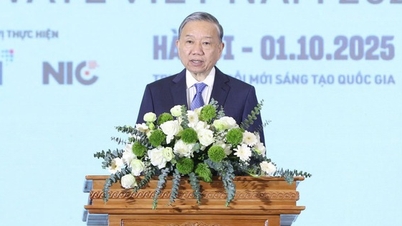

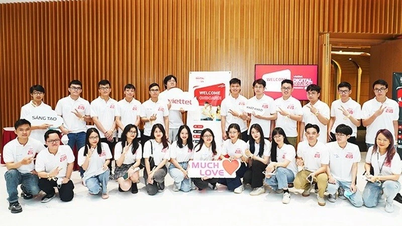












![[Photo] The 1st Congress of Phu Tho Provincial Party Committee, term 2025-2030](https://vphoto.vietnam.vn/thumb/1200x675/vietnam/resource/IMAGE/2025/9/30/1507da06216649bba8a1ce6251816820)
![[Photo] Panorama of the cable-stayed bridge, the final bottleneck of the Ben Luc-Long Thanh expressway](https://vphoto.vietnam.vn/thumb/1200x675/vietnam/resource/IMAGE/2025/9/30/391fdf21025541d6b2f092e49a17243f)
![[Photo] President Luong Cuong receives President of the Cuban National Assembly Esteban Lazo Hernandez](https://vphoto.vietnam.vn/thumb/1200x675/vietnam/resource/IMAGE/2025/9/30/4d38932911c24f6ea1936252bd5427fa)




















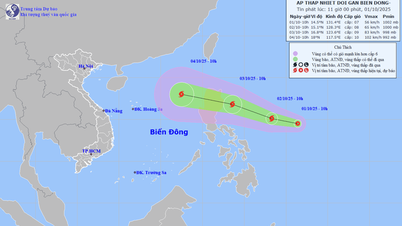
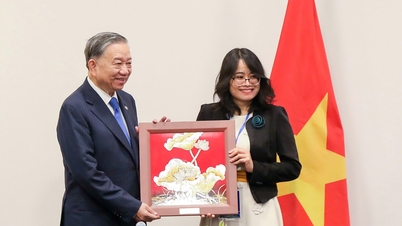


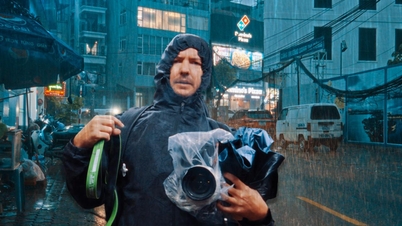















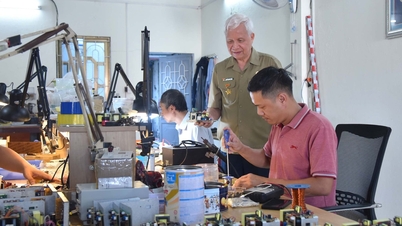















Comment (0)